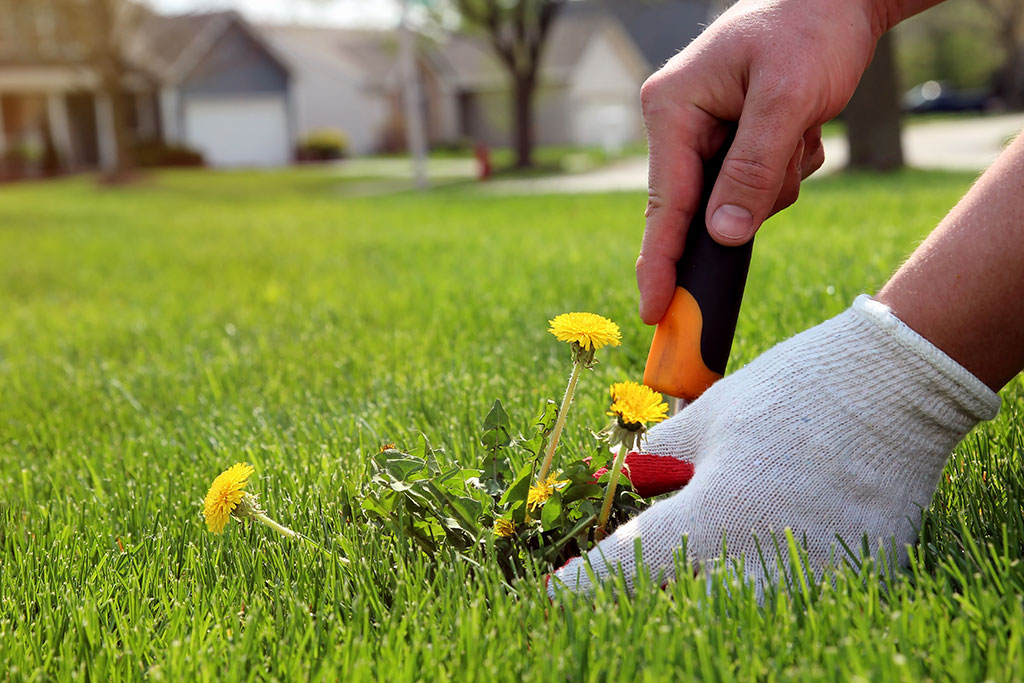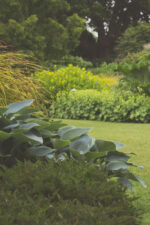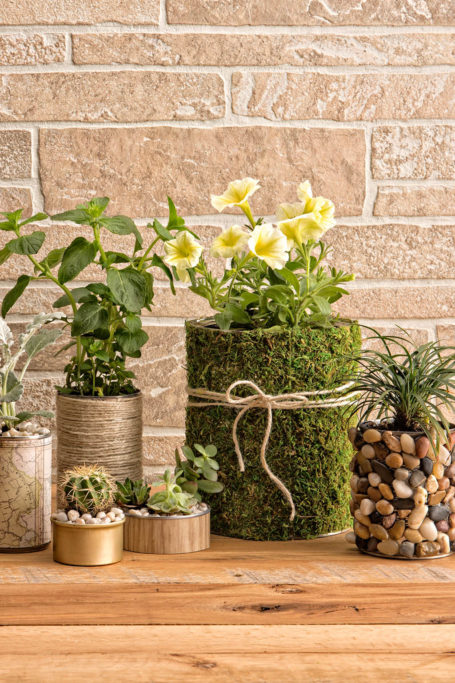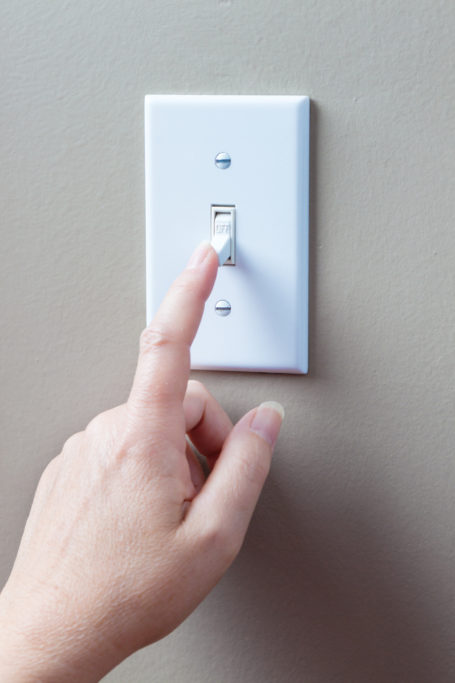Organic Lawn Care Made Simple
When the first weeds appear in your yard this season, you may be tempted to reach for the synthetic weed killer you got from your local gardening store.
But while it’s sure to quickly zap those pesky intruders, it may not be the best option for you, your lawn, and the environment. Luckily, there is a healthier alternative—organic lawn care. By embracing natural methods, you can not only create a safer outdoor space for your family but also contribute to the overall well-being of the planet.

What is organic lawn care?
Organic lawn care is a holistic approach to maintaining your lawn without relying on harsh synthetic chemicals. It includes prioritizing all-natural products like organic fertilizers and compost to enrich the soil with essential nutrients, help improve its overall structure, and promote plant health. Additionally, it encourages the use of natural weed-control methods like pulling or spreading corn gluten meal. Together, these practices create a sustainable and balanced ecosystem in your yard, resulting in a greener, healthier lawn that is ultimately safer for the people and pets who come in contact with it.
Making the transition
When swapping to all-natural lawn care, first test your soil to better understand its current pH and nutrient levels. Knowing where it’s lacking will help you determine what amendments you can add to improve its overall health. You can purchase a soil-testing kit online or through a local nursery or university.
Once you have your game plan, prep your lawn by pulling any visible weeds, mowing your grass to about two inches, and aerating the soil to allow air, water, and nutrients to better penetrate it. You can then add whatever compost or organic fertilizer will serve it best. Such an amendment will slowly release nutrients into the soil and provide your grass with what it needs to stay healthy and grow deep roots.

Maintaining your yard
It’s best to mow your grass with sharp blades and leave it between three to four inches tall in spring and summer; the taller it is, the more it shades the soil, thereby keeping it moist and reducing weed growth. As a general rule, don’t cut more than one-third of the grass each time you mow to avoid putting additional stress on it. You can also leave the clippings on your lawn to let them decompose and release nutrients back into the soil.
Another key step is to water your lawn deeply but infrequently, at least once a week depending on the amount of rainfall in your area. Early morning is generally the best time since the sun won’t be as intense, causing less evaporation. As for weed control, hand-pull or use tools to remove any as soon as you notice them, cutting them off before they have a chance to take root. You can also apply a layer of corn gluten meal in spring to better prevent their germination.
Organic lawn care is a sustainable practice that benefits both your home and the planet. By focusing on soil health and implementing natural practices, you can achieve a beautiful, healthy yard and create a safe and eco-friendly outdoor space.


















